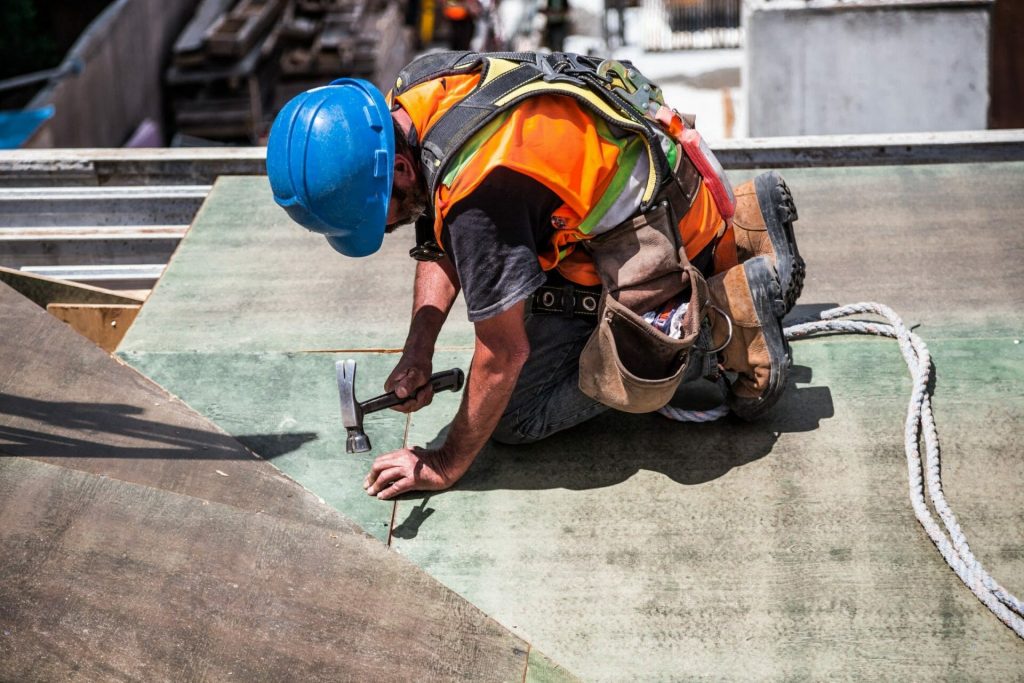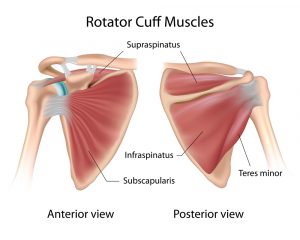People always ask me for some of the things that I shouldn’t be doing with my spine. It’s probably become apparent now from reading this so far that there is no one size fits all answer
for this question. Everybody’s spine is completely different, and this will have a huge knock on effect on the advice that we give and the mistakes that people make. Before reading any further, always remember that it is best to get checked by a professional who can offer specific advice for your body rather than recommending a one size fits all program which may not yield positive results.
One of our clients called Mick was always asking advice regarding sleeping. Mick was 47 and had been a bricklayer his whole life. His body had been through a lot of physical stress. He was always finding that in the morning he was waking up with severe back pain, mainly across his shoulders going up into his neck. He thought it could be his pillows or his mattress, which he changed, but nothing happened. He bought one of those posture straps so that when he was working it would pull his spine backwards and take the pressure off his shoulders and neck.
Offer: Book a free consultation with West Chiropractic >
We started by asking Mick what he was doing before bed. It turned out that he was lying on the sofa with his head turned to the side watching TV. This could be anywhere up to four hours. So, let me explain what is happening here: with the head turned to the left and the body staying straight, this puts a rotational stress through the neck and shoulders without Mick knowing it. Whilst he’s lying there he isn’t moving, therefore not changing the position, and the stress on the joints and discs in the neck builds up. He then gets up, feels fine and gets off to bed. The stress built up in the last four hours will dissipate through the neck and shoulders causing the muscles to tighten up, and therefore causing him to wake up with pain. We also asked him about his sleeping position. He told me that he was sleeping with two feather pillows lying on his front with his head turned to the side. He had done this his whole life; it was the only comfortable position he could sleep in. In the past he had tried to sleep on his side or on his back, however, when lying on his side, it put more pressure through the side of the shoulder and he couldn’t get comfortable. When lying on his back, he couldn’t get a full night’s sleep because his wife kept nudging him to stop him snoring. He remedied this by falling asleep in front of Match of the Day, but that wasn’t a long-term solution due to tension in the marriage. I told him to get back in the bed.
Offer: Book a free consultation with West Chiropractic >
So, what did we advise? Well, firstly, we wanted to reduce the stress building up on his neck in the evenings, so we altered the position he was lying in on the sofa to make it more square on and so the neck wasn’t twisted. Truly, the best position to relax in the evenings will be sitting upright with the knees lower than the hips to reduce stress on the lower back, and also with the neck resting on the top of the chair. When this is not possible and you have to lie down, then it’s important to prop the neck up to keep it in line with the shoulders and thoracic spine. With all this Mick still had pain in the mornings, so we took it one step further and gave him a neck traction wedge to lie on before he went to sleep. These are often called Dennerrolls and are moulded to the shape of the spine to open up the joints and restore the normal neck curve. This takes pressure off the shoulders and the neck. For Mick, this was key before he got into bed. He lay on it for five minutes to begin with and gradually built it up to fifteen minutes until one time he told me he fell asleep on it because it became so comfortable. Obviously, I would not advise this for anybody, but it is a good sign as it means the neck shape has adapted to the wedge, and restoring the curve is the key to good spinal health and reducing pain. (You can get a neck wedge from us, otherwise you can find them on Amazon. With everything it is best to have them custom fitted to provide the best results, which we do off the back of a posture assessment and often x-rays so we can see exactly which wedge is best.)
The next thing we did was address the pillows and sleeping position for Mick. It’s best to use a uniform size pillow not a feather one, as they can change overtime and are also different every single night depending on which position you’re in. So, an orthopaedic pillow is always good; probably not the one with the curves in it, as we found that they can be Marmite. What I mean
by that is some people love them, some people hate them. There are great orthopaedic pillows on the market, rectangular and between ten and fifteen centimetres in depth, providing a uniform
platform for the neck to rest on each night when sleeping. This means that every night Mick got into bed he was guaranteed to have the same position for his neck to be in. There is now the issue of lying on the front with the neck twisted to one side. We rolled up a towel and put this between Mick’s legs when he was lying on his side, which meant that he wasn’t able to twist around onto his front or onto his back (for fear of a right hook in the face). Now obviously, at the start this was a difficult position to adapt to because he had spent the last forty plus years in that position. But what he did find is that because the neck was propped up it took pressure off the shoulders. After developing a good bedtime routine of neck stretching, the pain in the mornings began to
ease as the neck came back into a better position.
He asked me, “Do I have to use this neck wedge forever?” I told him he didn’t, which he was happy to hear, but physiological change remains in the body after nine to twelve months, and this is the same for anything. For any sort of marathons training or gym training, to see a physiological change can take anywhere up to a year. After his initial phase of care, which was two to three months, I recommended he used the wedge twice a week to maintain it up to the year mark. Remember, it takes 28 days to build a habit!
If you would like to have a chat with us contact us here >


